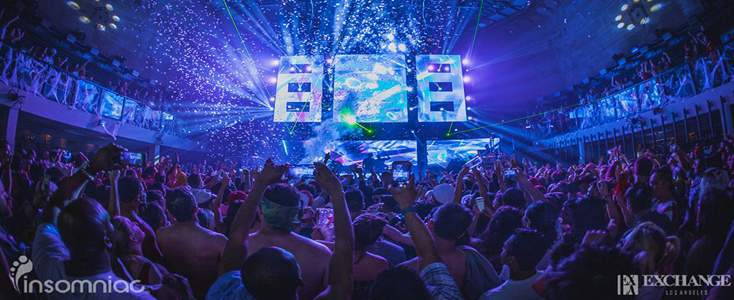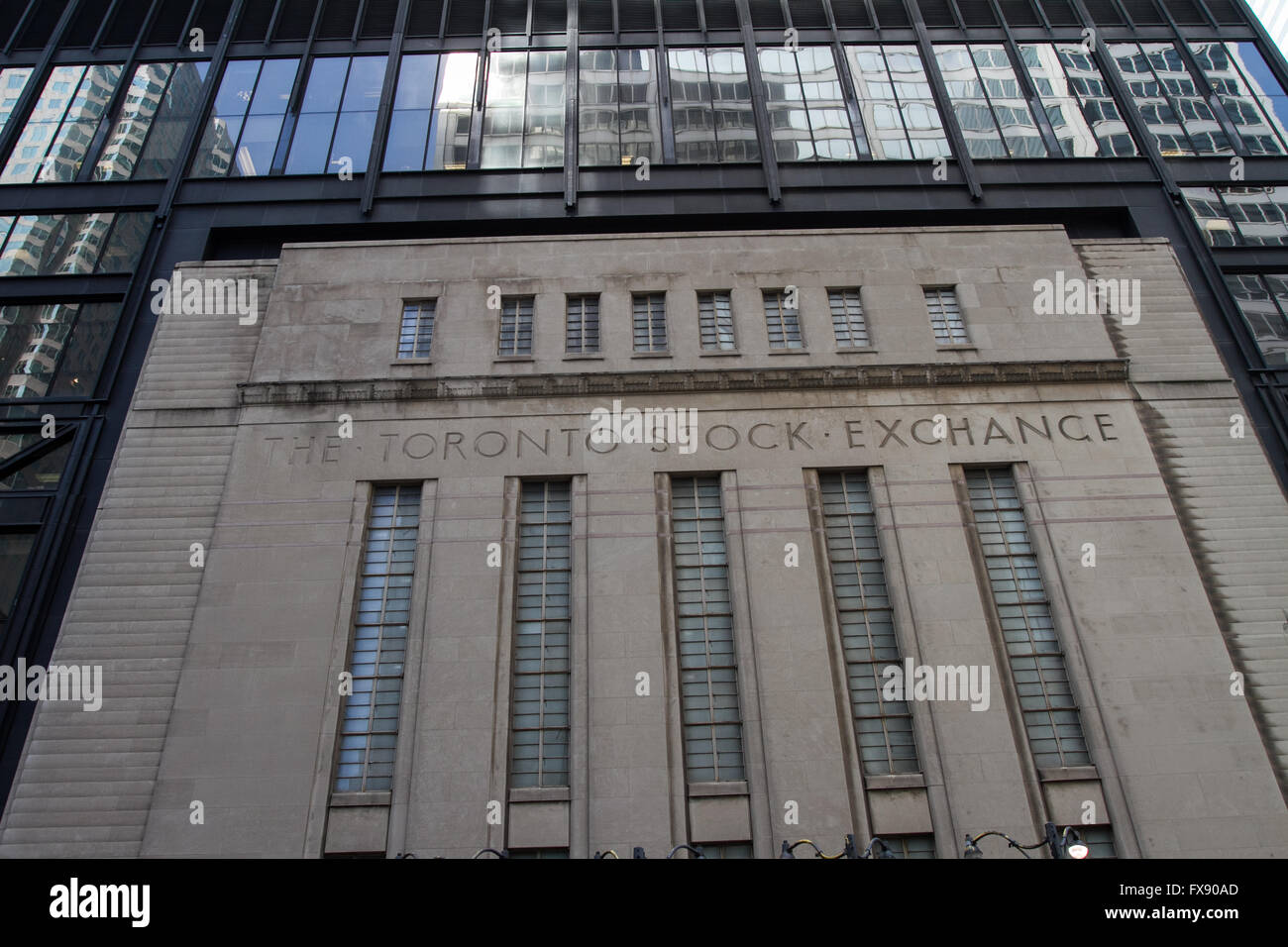
27 For just as the lightning comes from the east and flashes even to the west, so will the coming of the Son of Man be. 26 So if they say to you, ‘Behold, He is in the wilderness,’ do not go out, or, ‘Behold, He is in the inner rooms,’ do not believe them. 24 For false Christs and false prophets will arise and will show great signs and wonders, so as to mislead, if possible, even the elect. Just to illustrate this purpose, here is the text from Matthew that shows the same usage of the phrase:Ģ3 Then if anyone says to you, ‘Behold, here is the Christ,’ or ‘There He is,’ do not believe him. So when they ask, "Where will they be gathered." He just replies in parables, since he's already made it obvious. The entire speech is about the Kingdom of God. Just previously in Luke 17:20-21 the passage begins Jesus' speech with "The coming of the kingdom of God is not something that can be observed." The reason that the answer is obvious is because, he's already answered that question. The disciples ask a stupid question: "Where will you gather them?" Jesus doesn't even bother giving a straight answer because the answer is obvious: He's gathering them to heaven to be with him forever. Jesus was saying that his kingdom was coming, the world was about to end, he was about to gather his people. He's basically saying, "Where there's smoke, there's fire." The meaning behind this is: His reply to the question of "Where, Lord?" is a parable. This is definitely what we modernly call the "rapture". Just before this he talks about how the world is turning evil and then he says that he will come back and gather his people. This is the "gathering up" of people that Jesus will perform in the last days.

This very much is a reference to what we call the "rapture". The disciples' question seems to ask "Where will they be gathered to." He just finished saying that the "Son of Man" will come and gather his people. However, the question of "Where, Lord?" seems to be addressing the last thing Jesus says. In Luke, the question that Jesus is responding to is also a bit confusing (particularly given our modern understanding of the rapture). He replied, “Where there is a dead body, there the vultures will gather.” 35 Two women will be grinding grain together one will be taken and the other left.” 34 I tell you, on that night two people will be in one bed one will be taken and the other left. 32 Remember Lot’s wife! 33 Whoever tries to keep their life will lose it, and whoever loses their life will preserve it. Likewise, no one in the field should go back for anything. This would be the equivalent of saying, "Where there's smoke, there's fire."ģ1 On that day no one who is on the housetop, with possessions inside, should go down to get them. Centro can be touristy (pickpockets are unfortuately not unheard-of here), crowded, and sometimes gimmicky, but it is also the place to experience classic Madrid.This one line "Where there is a dead body, there the vultures will gather." is an idiom.

Plaza Isabel II (also known as “Opera”) is smaller and a good meeting spot, and the stately Plaza del Oriente is the front yard of the Royal Palace. The nearby Plaza Mayor, completely enclosed by historic red buildings, is an ideal place to grab a bite to eat outside, amidst scores of tables and people out for a stroll. The iconic Puerta del Sol is the giant crossroads of the city and a must-see attraction at any time of the day.

Some of these side streets are wide pedestrian shopping routes, and some are hidden, so it's possible to duck in and out of the bustle as desired. Expansive plazas, local and foreign crowds, street performers, colorful lights, window shopping, restaurant signs promising the best paella, ham, and churros con chocolate- this is downtown Madrid, a collection of plazas interconnected by a network of side streets.


 0 kommentar(er)
0 kommentar(er)
